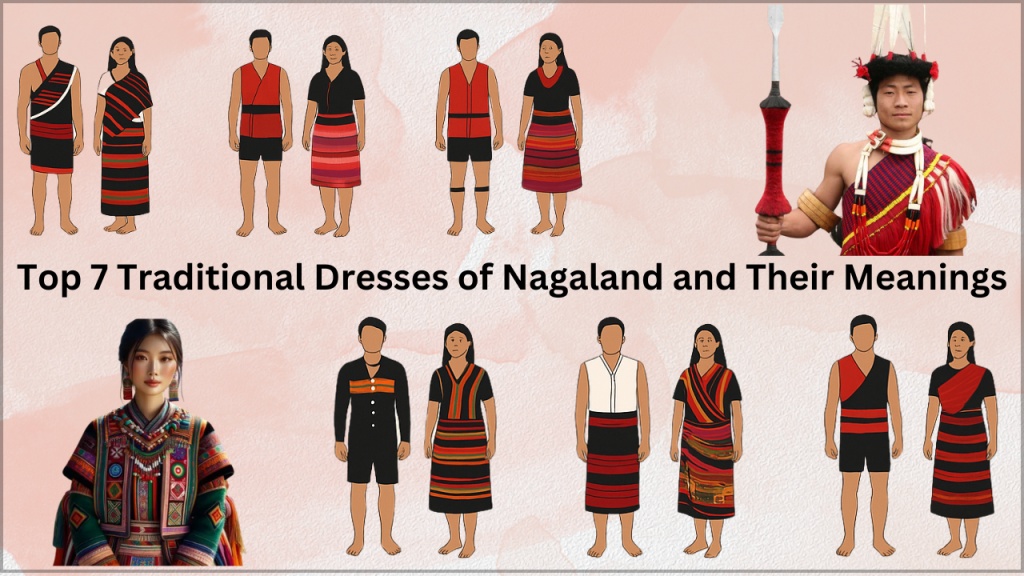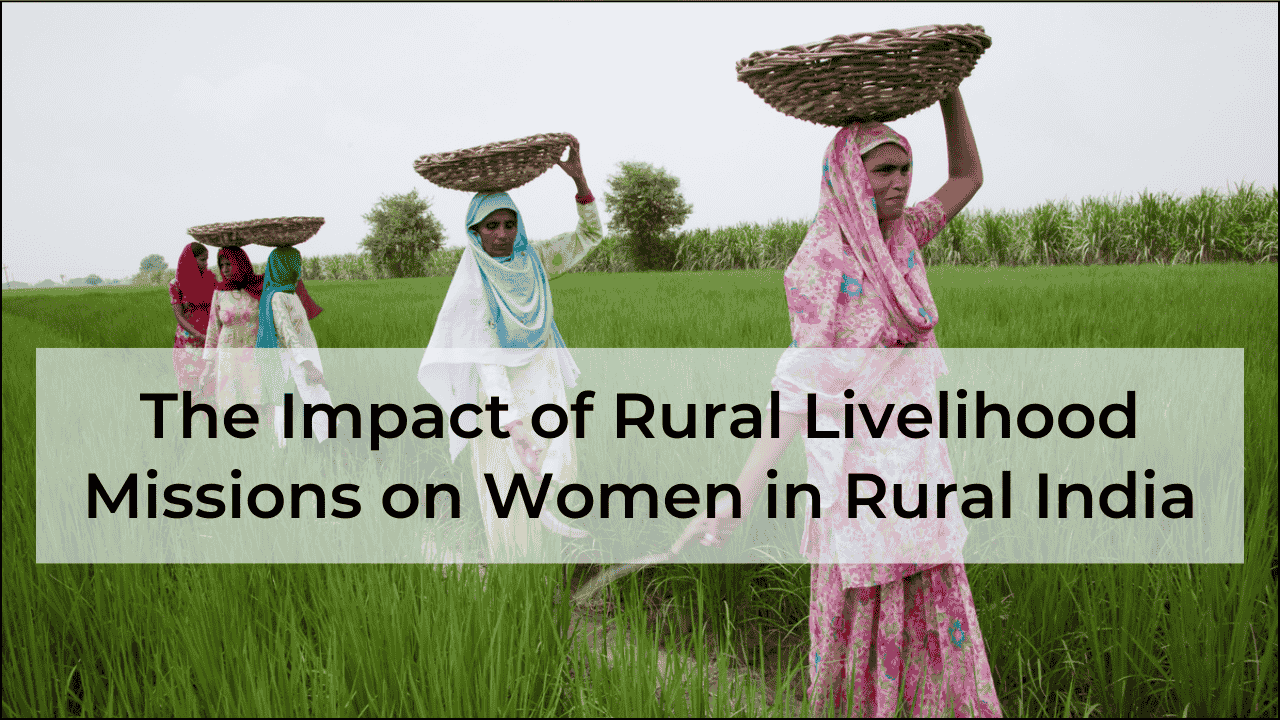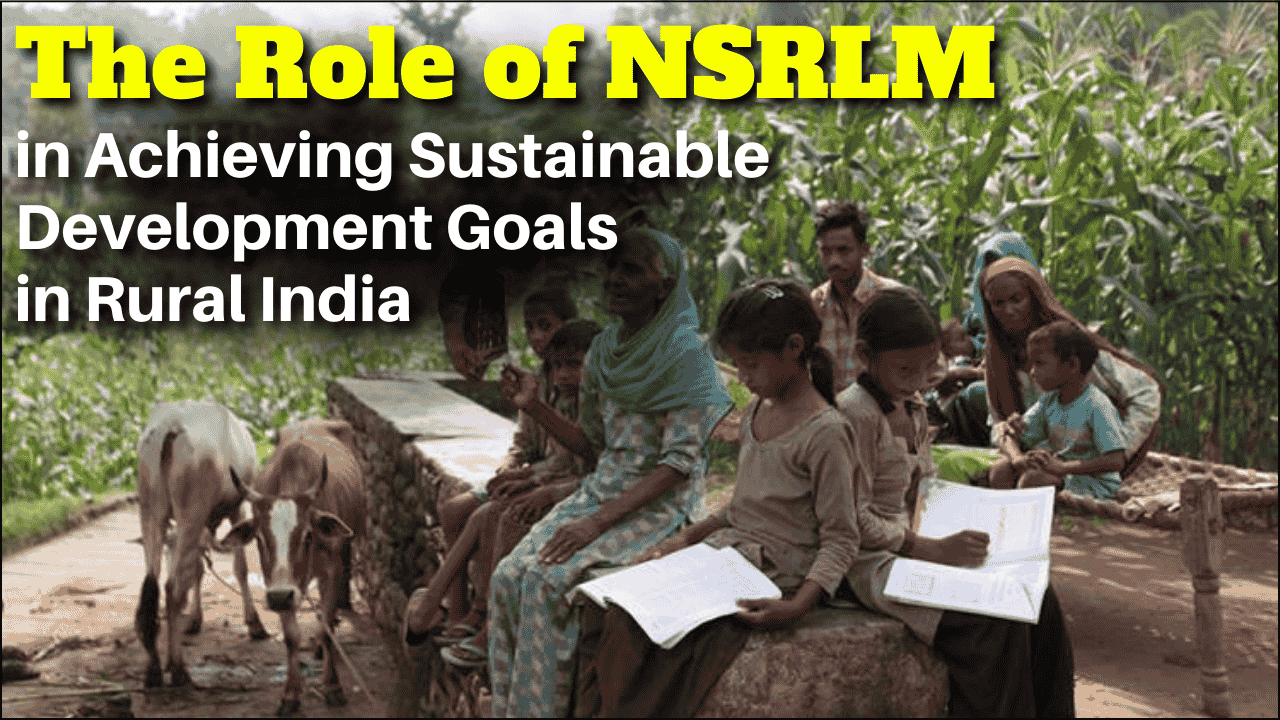
Nagaland, the vibrant state of Northeast India, is known for its rich culture, diverse tribes, and colorful traditions. One of the most fascinating aspects of Naga culture is their traditional attire, which reflects their identity, pride, and heritage. Each tribe in Nagaland has its unique style of dressing, with special colors, patterns, and meanings attached to their garments.
Let us explore the top 7 traditional dresses of Nagaland and understand the significance they hold in the lives of the Naga people.
1. Angami Tribe’s Lohe
The Angami tribe, predominantly living around Kohima, is famous for their elegant traditional attire known as Lohe. The Lohe is a colorful wrap-around cloth worn by both men and women. The men’s Lohe usually comes in shades of black, white, and red, often decorated with symbolic patterns.
For women, the Lohe is worn as a shawl or wrap, usually paired with a beautiful blouse and skirt. The colors and designs of the Lohe represent strength, courage, and social status within the tribe. The red stripes symbolize bravery, while the black patterns stand for strength and power.
2. Ao Tribe’s Mangkotepsu and Aarongkuzu
The Ao tribe is one of the largest tribes in Nagaland, and their traditional attire is both elegant and symbolic. The Ao men wear a garment called Mangkotepsu, a sleeveless red and black cloth wrapped around the body, often adorned with cowrie shells and beads. It signifies valor and masculinity.
The Ao women wear Aarongkuzu, a colorful handwoven skirt, often paired with a shawl called Azu Jangnup Su. The intricate patterns of these dresses reflect prosperity, beauty, and the tribal stories passed down through generations.
3. Sumi Tribe’s Neikhro and Shelo
The Sumi tribe, mainly found in Zunheboto district, have their unique and vibrant traditional attire. The men wear Neikhro, a wrap-around kilt, often in bold colors of black and red, paired with a sleeveless jacket. Their dress is incomplete without traditional headgear made from animal horns or feathers, symbolizing courage.
Sumi women wear Shelo, a beautiful skirt woven with bright designs, paired with a shawl called Yethoni. The colors in Shelo represent joy, life, and celebration. Their jewelry, made of beads and corals, adds to the elegance of their look.
4. Lotha Tribe’s Opvuniyo and Longpensu
The Lotha tribe of Wokha district are known for their sophisticated and meaningful attire. The men traditionally wear Opvuniyo, a black and red cloth with white and yellow designs. It symbolizes honor and social status. Along with this, men wear Longpensu, a protective armlet made of cane or metal during festivals.
Lotha women wear a colorful skirt known as Ngangki and a shawl called Longpensu. The black color in their attire symbolizes strength, while red denotes bravery. The designs often tell stories of their ancestors and tribal victories.
5. Chakhesang Tribe’s Rira and Pfemhou
The Chakhesang tribe, residing mostly in Phek district, have rich traditional wear with symbolic meanings. The men wear Rira, a long cloth draped around the body, often accompanied by accessories like necklaces made of animal teeth and beads, symbolizing hunting skills and bravery.
Women wear Pfemhou, a colorful wrap skirt paired with intricately designed shawls. The patterns in their dresses are not just decorative but also tell tales of love, fertility, and the natural surroundings of the tribe.
6. Konyak Tribe’s Tsungkotepsu and Beaded Accessories
The Konyak tribe, primarily from Mon district, are known for their warrior culture and striking traditional dresses. The men wear Tsungkotepsu, a cloth decorated with motifs of animals, spears, and other warrior symbols. It represents their past as fierce headhunters and their connection to nature.
Konyak women wear colorful skirts and heavily beaded necklaces and earrings. The beads are often considered sacred and passed down through generations, symbolizing wealth, beauty, and social standing.
7. Rengma Tribe’s Mharoh and Shekhro
The Rengma tribe, residing in Tseminyu district, have their distinctive traditional attire that reflects their cultural richness. Men wear Mharoh, a wrap-around kilt with bold red and black stripes, symbolizing strength and bravery.
Women wear Shekhro, a beautifully woven skirt with bright patterns, often accompanied by a shawl and traditional jewelry. The colors and patterns in their attire stand for peace, prosperity, and unity within the tribe.
Importance of Traditional Dresses in Naga Culture
Traditional dresses in Nagaland are not just clothing; they represent pride, identity, and a way of life. Every pattern, color, and accessory has a meaning rooted in their history and beliefs. These dresses are usually worn during important festivals, weddings, and cultural events, allowing the Naga people to express their unity and respect for their ancestors.
With modernization, many young Nagas are embracing contemporary fashion, but their love for traditional attire remains strong, especially during festivals like Hornbill Festival, where each tribe showcases their rich cultural heritage through their dresses, dances, and music.
Final Thoughts
Nagaland’s traditional dresses are a beautiful reflection of its tribal diversity and cultural richness. From the warrior motifs of the Konyak tribe to the colorful shawls of the Angami and Ao tribes, each piece of clothing tells a story of history, valor, and pride. Preserving and promoting these traditional dresses is essential to keep the unique identity of Nagaland alive for future generations.
Let us celebrate and appreciate the beauty of Nagaland’s traditional attire, which is not only visually stunning but also deeply meaningful.




